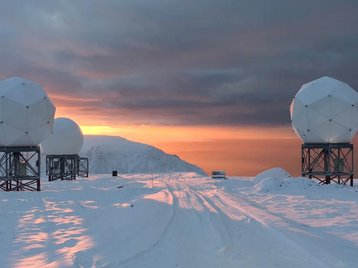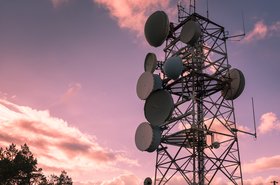Repairs to one of the fiber cables connecting the island of Svalbard to mainland Norway are unlikely to begin for another two to three weeks at least.
Last week Space Norway – the Ministry of Trade and Industry-managed company that owns and manages the Svalbard fiber cable – reported that one of the two cables serving the island was out of order following a power issue.
It said at the time there is a fault in the power supply between 130 and 230 km from Longyearbyen and in an area where the cable transitions from approx. 300 meters to approx. 2700 meters depth.
In a Jan 13 update, the company said the extent of the damage and the cause are still not fully known, and the investigation is ongoing. It added that repairs are unlikely to begin until next month.
“Space Norway together with partners are actively pursuing the best and quickest way to permanently repair the damaged cable while upholding the full and secure functioning of the system itself,” the company said in its most recent update. “The repair activities are expected to start in February 2022, depending on the availability of cable vessel and the necessary weather conditions.”
“This failure does not in any way change the ability to communicate effectively with Svalbard in the same manner as before, but it represents a temporary lack of redundancy.”
Svalbard is the world's northernmost settlement with a permanent civilian population, and is connected by a cable system almost-1,400 km (~840mi), made up of two lines, one of which is damaged. The second fiber line runs almost parallel some five to 10 kilometers away and is fully operational, but there is currently no redundancy should any more issues arise.
Planning on the cable began around 2002 to ensure the development of KSAT's download business on Platåberget on the island and it was laid in 2004; it has an estimated service life of around 2028. The cable consists of two georedundant connections between Longyearbyen and Harstad, mainland Norway. The cable is the main connection for the local population, business community, and government authorities, which all previously relied on satellite communications.
While the island is home to a number of satellite ground stations, it also hosts data centers. Data storage company Piql and mine operator SNSK have developed The Arctic World Archive; a long-term data center in a mine in Longyearbyen close to the global seed vault. Governments, museums, and GitHub have placed data at the site.







